For decades, Asbestos Shingle Tiles were a cornerstone of the North American construction industry, lauded for their exceptional durability and fire-resistant properties. Found on countless homes and commercial buildings, these legacy products have left a permanent mark on the built environment. However, the well-documented health risks associated with asbestos fibers have necessitated a shift to safer, modern alternatives. For wholesalers, distributors, contractors, and informed buyers, a critical question remains: how do contemporary replacement shingles truly compare to the performance benchmarks set by these historic materials?
Introduction: The Legacy of Asbestos Shingle Tiles
To understand the modern market, one must first appreciate the historical context. Asbestos Shingle Tiles were not a niche product; they were a mainstream, high-performance building material throughout much of the 20th century. Their popularity stemmed from the inherent properties of asbestos minerals, which were integrated into a cementitious matrix. This combination resulted in a product that was remarkably strong, resistant to rot and insect damage, and largely impervious to fire. For a building owner, these characteristics translated into a low-maintenance, long-lasting roofing and siding solution. The material was so effective that many installations from the mid-century period remain intact and functional today, a testament to their inherent resilience. However, the catastrophic failure mode of these products—the release of carcinogenic airborne fibers when disturbed, cut, or broken—rendered them obsolete from a safety standpoint. This has created a complex market where the demand for historic authenticity and the non-negotiable requirement for safety must be balanced, driving the development of modern alternatives designed to mimic the classic profile without the associated hazards.
Composition and Material Science: A Fundamental Shift
The most fundamental difference between legacy and modern products lies in their core composition. This shift in materials is the primary driver behind all subsequent differences in performance, handling, and safety.
Legacy Asbestos Shingle Tiles were engineered as a composite material. They typically consisted of a Portland cement base, reinforced with a significant percentage of chrysotile or amosite asbestos fibers. These fibers, woven throughout the cement, acted as a powerful reinforcing agent. They provided tremendous tensile strength, preventing the brittle cement from cracking under impact or flexural stress. The fibers also contributed directly to the product’s renowned fire resistance, being inherently non-combustible. The composition was simple, effective, and, from a purely performance-oriented perspective, brilliant.
Modern alternatives, designed to replicate the look and function of vintage asbestos siding, have adopted a variety of safer material technologies. The most common and direct replacement is fiber-cement. These shingles maintain the cement base but replace the asbestos fibers with alternative reinforcing materials. These can include cellulose wood fibers, synthetic polymers, or glass fibers. Each alternative imparts its own specific characteristics to the final product. Other modern options include composite shingles made from engineered polymers and resins, which can closely mimic the weight, texture, and appearance of original asbestos roofing shingles. The key takeaway is that modern shingles achieve their performance through engineered synthetic materials rather than relying on the natural properties of asbestos. This engineering focus allows manufacturers to fine-tune attributes like impact resistance, water absorption, and flexibility.
Durability and Longevity: Measuring Operational Lifespan
Durability is often the foremost concern for buyers considering a transition from known legacy performance to modern alternatives. The proven longevity of asbestos cement shingles sets a high bar.
Legacy Asbestos Shingle Tiles are renowned for their exceptional lifespan. It is not uncommon for these roofs and sidings to remain fully functional for 50 years or more with minimal maintenance. Their resistance is multifaceted: they are impervious to rot, they will not corrode, and they are unaffected by insects or rodents. The cement matrix is highly resistant to UV radiation degradation, meaning it does not become brittle from sun exposure in the same way some plastics might. Their main vulnerabilities are direct physical impact, which can cause them to break, and the eventual breakdown of their paint coatings, which requires repainting to maintain aesthetics and water shedding capabilities.
Modern fiber-cement shingles are specifically designed to meet or exceed this longevity benchmark. High-quality products come with warranties that extend 30 to 50 years, signaling strong manufacturer confidence. They share many of the same durability traits: excellent resistance to rot, insects, and UV damage. A key area of development has been improving impact resistance. Through material engineering, many modern shingles now offer superior impact resistance ratings compared to legacy asbestos products, better withstanding hail and other physical impacts. However, one area of differentiation is moisture management. Early cellulose-reinforced cement boards were susceptible to water absorption at edges if poorly maintained, but modern manufacturing techniques and sealants have largely mitigated this issue. When professionally installed and properly maintained, modern high-quality alternatives are considered to have a comparable operational lifespan to legacy asbestos products.
Safety and Health Considerations: The Non-Negotiable Divide
This category represents the most profound and unambiguous difference between the two product types. It is the primary reason for the market’s evolution and dictates strict handling protocols for the legacy materials.
The safety concerns with Asbestos Shingle Tiles are well-documented and severe. The material is hazardous when it is friable—meaning it can be crumbled by hand pressure—or when it is disturbed through cutting, drilling, snapping, or sanding. These actions release microscopic asbestos fibers into the air. When inhaled, these fibers can become lodged in the lungs, leading to serious, often fatal, respiratory diseases decades later, including asbestosis, lung cancer, and mesothelioma. This risk affects not only demolition crews but also homeowners performing DIY projects and even bystanders if dust is not properly contained. The mere presence of intact, undamaged asbestos siding on a building is not an immediate health hazard; the danger is exclusively tied to disturbance. However, this necessitates specialized and costly asbestos abatement procedures for their removal, involving licensed contractors, negative air containment, and hazardous waste disposal.
In stark contrast, modern asbestos free shingles are completely safe to handle and install. They pose no risk of releasing carcinogenic fibers. They can be cut, trimmed, and installed using standard woodworking tools like circular saws and nibblers, with only standard dust-control measures recommended for general particulate matter. This dramatically simplifies the logistics of installation and renovation. There is no requirement for specialized hazardous material licensing for installers, no need for expensive containment procedures, and no concerns about creating a long-term health liability for the building’s occupants or the crew. The elimination of the health risk is the single greatest advantage of modern shingle technology, transforming a hazardous material operation into a standard construction task.
Installation, Weight, and Handling Logistics
The physical characteristics of the shingles directly influence the cost, complexity, and labor requirements for installation.
Legacy asbestos roofing shingles are notably heavy and brittle. Their weight requires a robust underlying roof structure to support them. Their brittleness means they must be handled carefully to avoid breakage, which is not only wasteful but also poses a health risk by releasing fibers. The installation process historically used specific nails and techniques. Crucially, any modification work on an existing structure, such as adding a new roof vent, requires extreme caution. Cutting or drilling into existing asbestos shingle tiles is a regulated abatement activity, drastically increasing the cost and complexity of simple renovations.
Modern alternatives have been designed with installers in mind. While high-quality fiber-cement products still have substantial weight, many polymer composites are significantly lighter, reducing the structural load. A major logistical advantage is their workability. They can be easily and safely cut to size on-site with common tools, allowing for precise fitting around obstacles without any health and safety protocols beyond standard dust masks and eye protection. This streamlines the installation process, reduces labor time, and minimizes waste. For new construction or full re-siding projects, this translates into lower overall project costs and reduced liability. The following table summarizes the key logistical differences:
| Feature | Legacy Asbestos Shingles | Modern Alternative Shingles |
|---|---|---|
| Weight | Very Heavy | Moderate to Heavy (Varies by type) |
| Workability | Brittle, requires special care | Can be cut with standard tools |
| Installation Safety | High-risk, requires abatement protocols | Low-risk, standard construction safety |
| Disposal | Classified as hazardous waste | Standard construction waste disposal |
| Retrofit Complexity | High (requires abatement for modifications) | Low (standard modification processes) |
Aesthetic Considerations: Mimicking a Classic Profile
For historic preservation projects and homeowners seeking a specific vintage aesthetic, the appearance of replacement shingles is paramount. The distinct profile, texture, and shadow lines of vintage asbestos siding are key characteristics that need to be replicated.
Legacy products have a specific, often sought-after look. Their classic multi-tab shingle design, gritty texture, and the way they age and hold paint contribute to the historic character of a structure. The challenge for modern manufacturers has been to capture this aesthetic without using the same materials.
The industry has responded with remarkable success. Through advanced molding and manufacturing processes, modern fiber-cement and composite shingles are available in a wide array of profiles that accurately replicate the most popular historic patterns, including the classic double-wave Dutch Lap and traditional staggered-butt styles. They can be produced with textured surfaces that closely mimic the feel of the originals. Furthermore, many are available pre-primed or even pre-finished with durable factory-applied paints, ensuring a consistent color and reducing on-site labor. For wholesalers and buyers, the key is to source from manufacturers who prioritize authentic profile replication, offering products that meet the stringent guidelines for historic district renovations while providing modern performance and safety.
Cost Analysis and Long-Term Value Proposition
A comprehensive comparison must address the financial aspects, which extend far beyond the simple per-unit cost of the shingles themselves.
The acquisition cost of legacy Asbestos Shingle Tiles is now highly variable and situational. Intact, undamaged existing shingles on a building have value insofar as they avoid the immense cost of removal. However, purchasing salvaged asbestos shingles for a new project is a complex and diminishing market due to liability concerns. The true cost of these materials is revealed in their lifecycle expenses. Any project that involves disturbance, from removal to simple modification, incurs significant costs for testing, abatement, hazardous waste transportation, and landfill fees. These costs can easily dwarf the price of the original materials.
Modern shingles have a transparent and stable upfront cost. While high-quality fiber-cement replicas represent a premium product with a corresponding price point, this cost is all-inclusive. It encompasses the material, standard installation labor, and standard waste disposal. There are no hidden fees for specialized safety gear, containment, or hazardous waste handling. The long-term value proposition is strengthened by excellent durability warranties and minimal maintenance requirements, typically limited to repainting on a cycle similar to that of wood siding. Therefore, while the initial material investment for modern alternatives may be higher than basic vinyl or aluminum, the total cost of ownership, when factoring in safety, installation, and disposal, is highly competitive and predictable, especially when compared to the potential liabilities and costs associated with disturbing legacy materials.









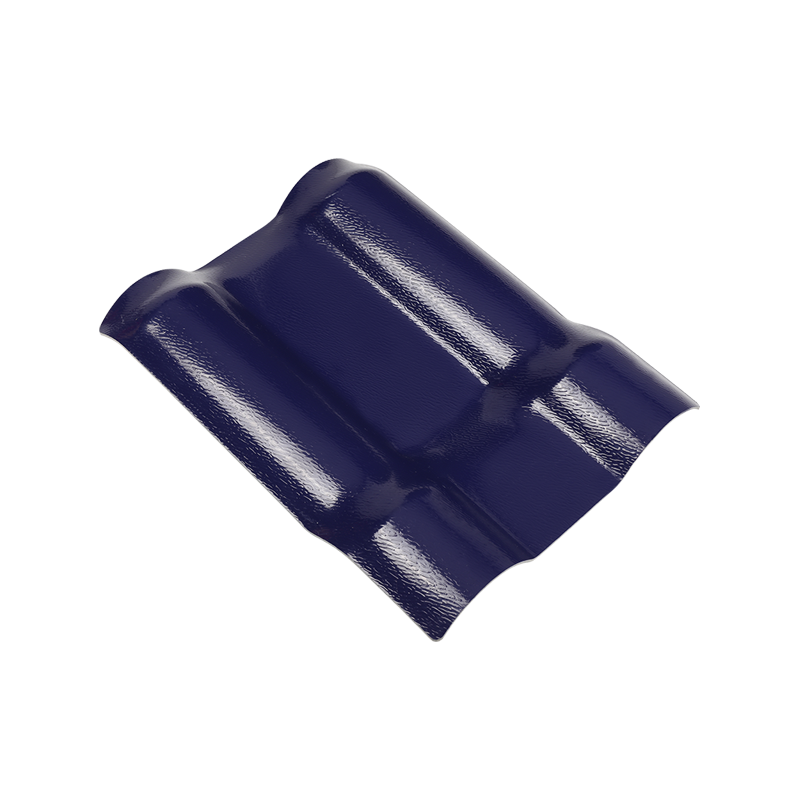
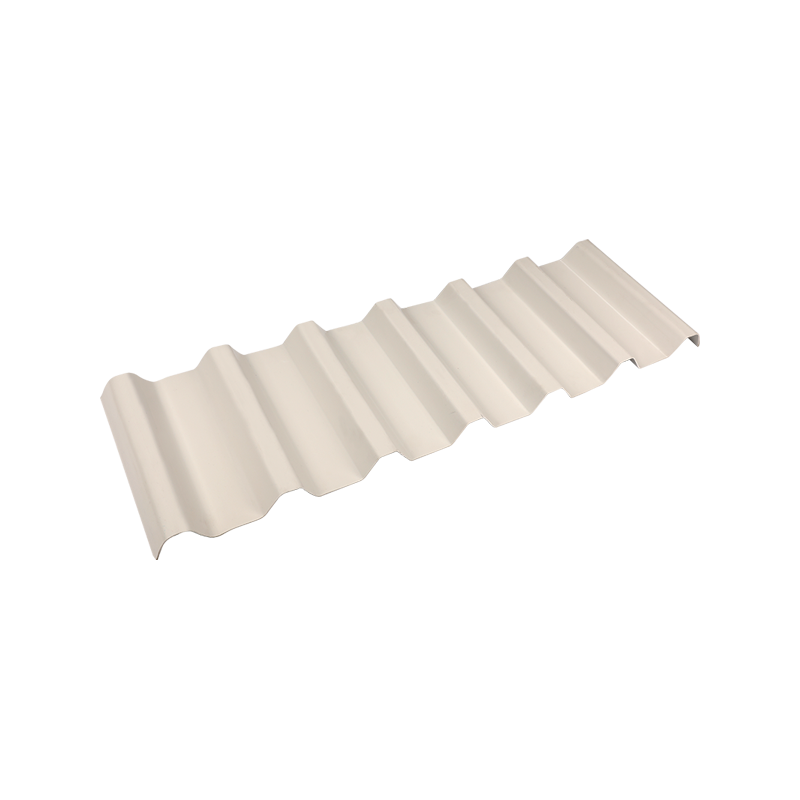
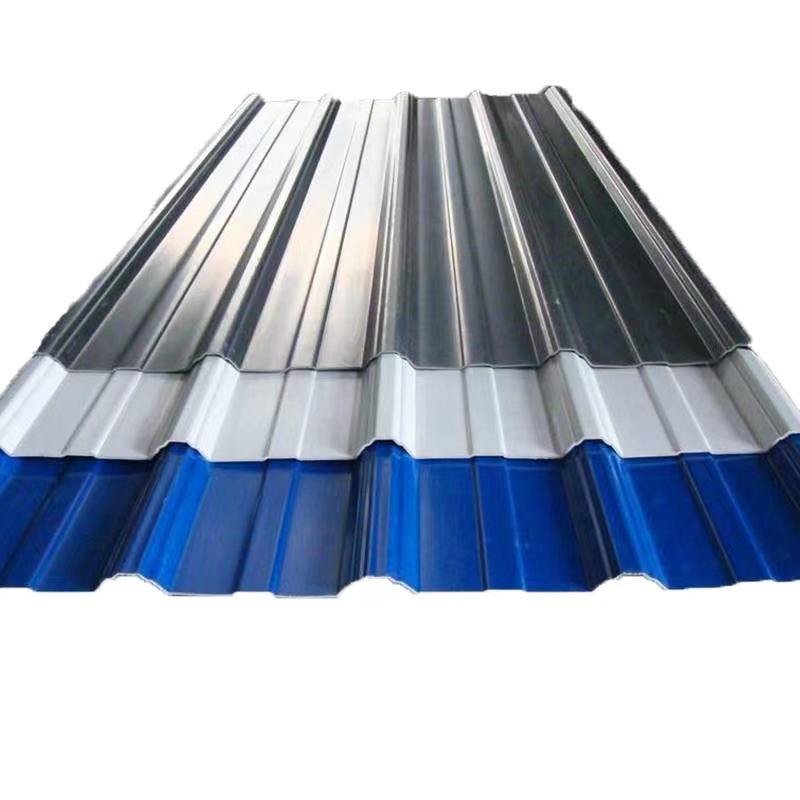
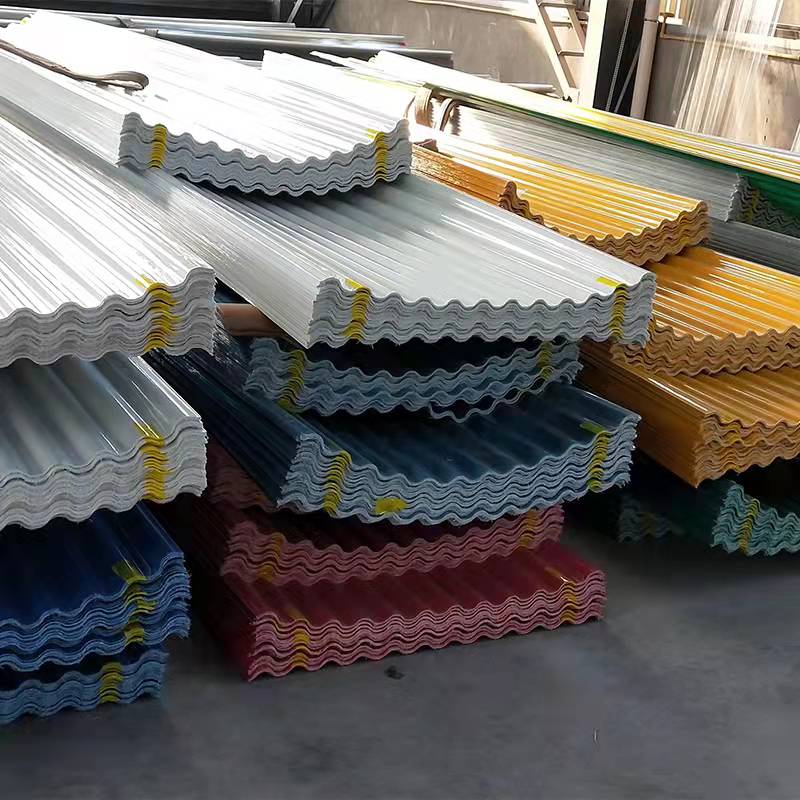


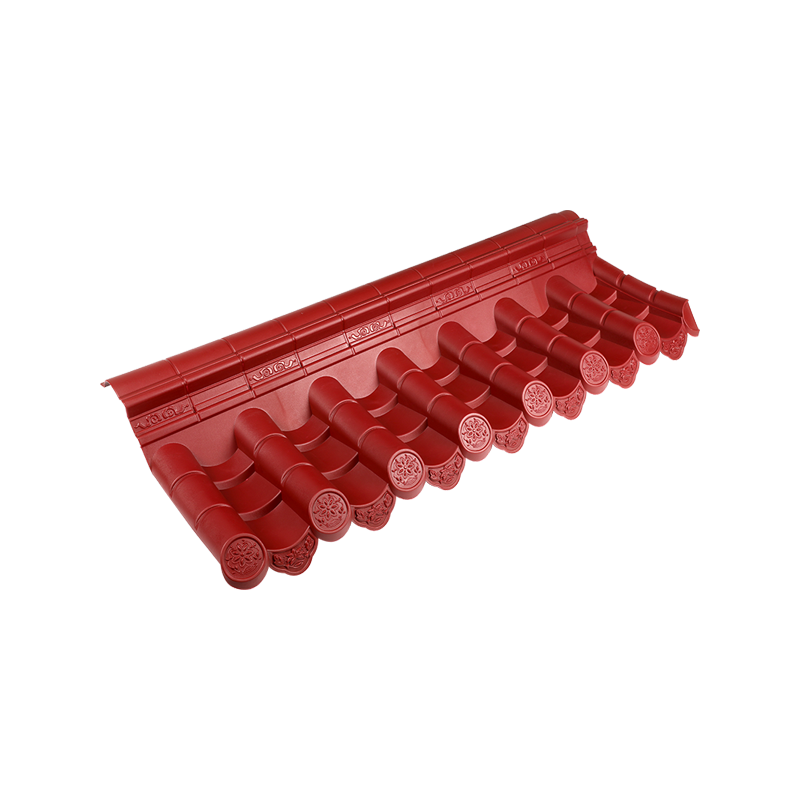


 Email:
Email: Phone:
Phone: Adress:
Adress: